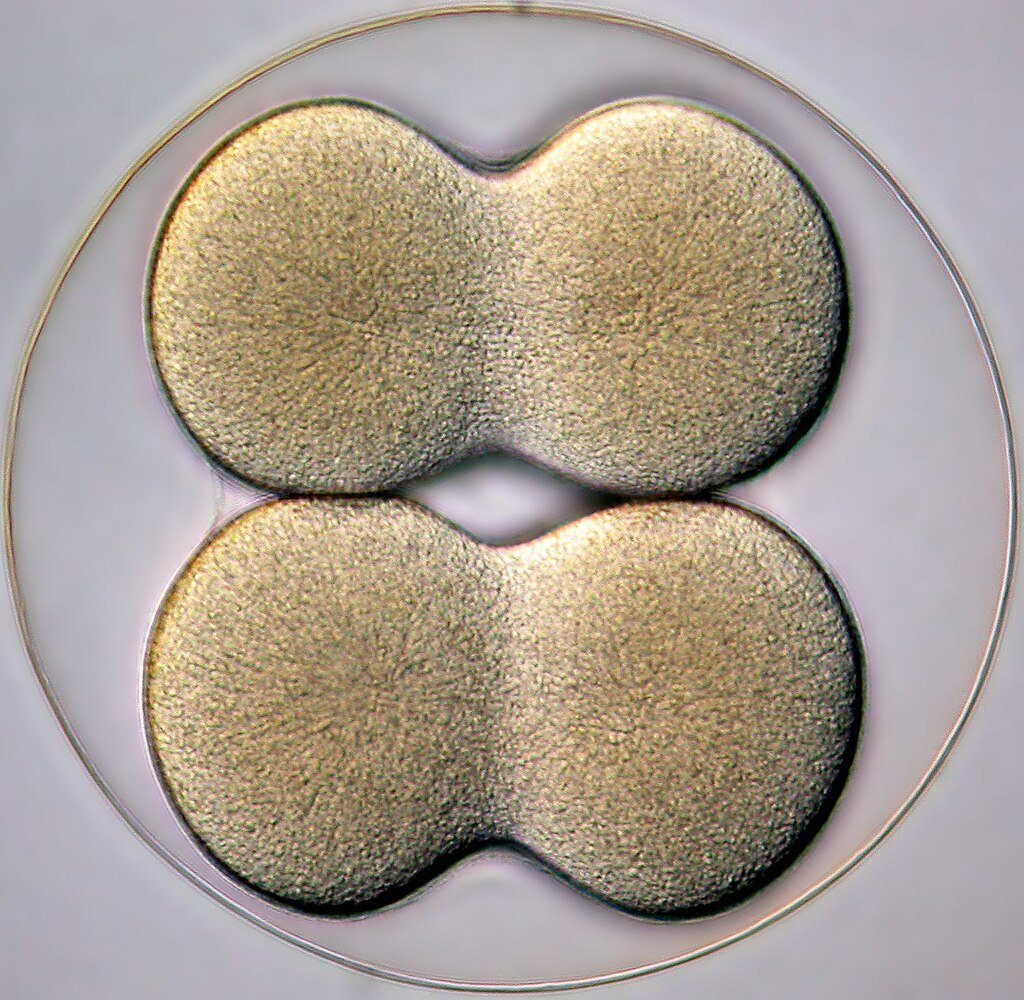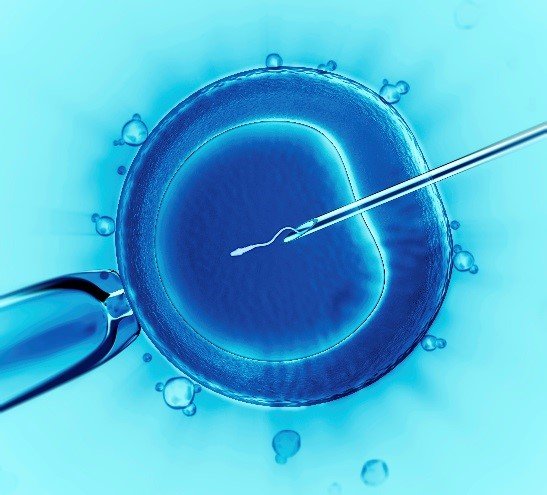For decades, donated eggs or sperm have been the mainstay of infertility treatments, leaving many hopeful parents without a genetic relationship to their offspring. But suppose the secret to producing a biologically related child was something as common as skin rather than hidden in reproductive cells?
Researchers are getting closer to a radical breakthrough whereby skin cells become live IVF eggs. Inspired by the same cloning technique that produced Dolly the sheep, researchers hope this approach will redefine parenthood and provide hope to same-sex couples, older women, and those left infertile by disease.
From Skin to Embryo: How Science Is Rewriting Reproduction

Somatic cell nuclear transfer (SCNT) is the technique whereby the nucleus of a skin cell is extracted and placed inside a donor egg having had its own nucleus removed. The egg reprogrammes the DNA of the skin cell under exact lab conditions, so transforming it into an egg bearing the genetic material of the donor.
This is already working in mice; it is not only theoretical. Though the success rate was less than 1%, Oregon Health & Science University researchers effectively created live mouse pups in 2022 using this approach. Now, they are honing the method to increase efficiency, concentrating on a critical stage: making sure the produced egg discards half its chromosomes, so simulating natural fertilisation.
A Solution for Age-Related Infertility and Cancer Survivors

Women have a limited number of eggs from birth, and as they age their quality suffers. By the time many in their late 30s or 40s contemplate motherhood, their remaining eggs might have genetic defects. IVF eggs produced from skin-cells could avoid this problem, enabling older women to have genetically related children free from donor dependency.
The implications extend to cancer survivors, too. Chemotherapy and radiation often damage eggs, leaving patients infertile. “This technology could offer a lifeline,” says Dr. Aleksei Mikhalchenko, lead researcher on the study. “Instead of losing their chance at biological parenthood, patients could use their own skin cells to create viable eggs.”
Same-Sex Couples Could Have Genetically Related Children
Among the most novel opportunities is Children born of male couples might have DNA from both fathers. Here is the approach:
- One man turns a skin cell from him into an egg.
- Another father’s sperm fertilizes it.
- An embryo carried by a surrogate reaches term.
This technique could eliminate the need for egg donors, thus providing same-sex couples with a biological choice hitherto unthinkable even while years away from human trials.
The Dolly the Sheep Connection And Why It’s Different

Dolly, the world’s first cloned mammal, was created in 1996 using SCNT. But while Dolly’s birth proved that adult cells could be reprogrammed into embryos, the new research takes it further creating fertilizable eggs, not just clones.
“The key difference is that we’re not making a genetic copy,” explains Dr. Shoukhrat Mitalipov, a senior study author. “We’re creating a functional egg that can combine with sperm, just like natural conception.”
Ethical Hurdles and the Road Ahead
The technology presents major ethical and legal issues notwithstanding its promise. For fertility treatments, many nations including the UK currently forbid lab-made sperm and eggs. Safety is another issue researchers have to make sure reprogrammed eggs don’t have latent genetic mistakes.
“We need years of testing before this reaches clinics,” co-author of the study Dr. Paula Amato warns. Should it prove safe, however, IVF may undergo a revolution.
What’s Next? Human Trials May Be a Decade Away
While mouse experiments show promise, scaling up to humans won’t be easy. Scientists must boost efficiency (current success rates are under 1%) and confirm long-term health outcomes in offspring.
Still, the potential is staggering. “Imagine a future where infertility isn’t a dead end,” says Mikhalchenko. “Where anyone who wants a biological child regardless of age, health, or sexuality could have one. That’s the future we’re working toward.”
For now, the dream remains in petri dishes and lab mice. But if science keeps pace, parenthood may soon be possible in ways we never imagined.
Sources :

Jan loves Wildlife and Animals and is one of the founders of Animals Around The Globe. He holds an MSc in Finance & Economics and is a passionate PADI Open Water Diver. His favorite animals are Mountain Gorillas, Tigers, and Great White Sharks. He lived in South Africa, Germany, the USA, Ireland, Italy, China, and Australia. Before AATG, Jan worked for Google, Axel Springer, BMW and others.




